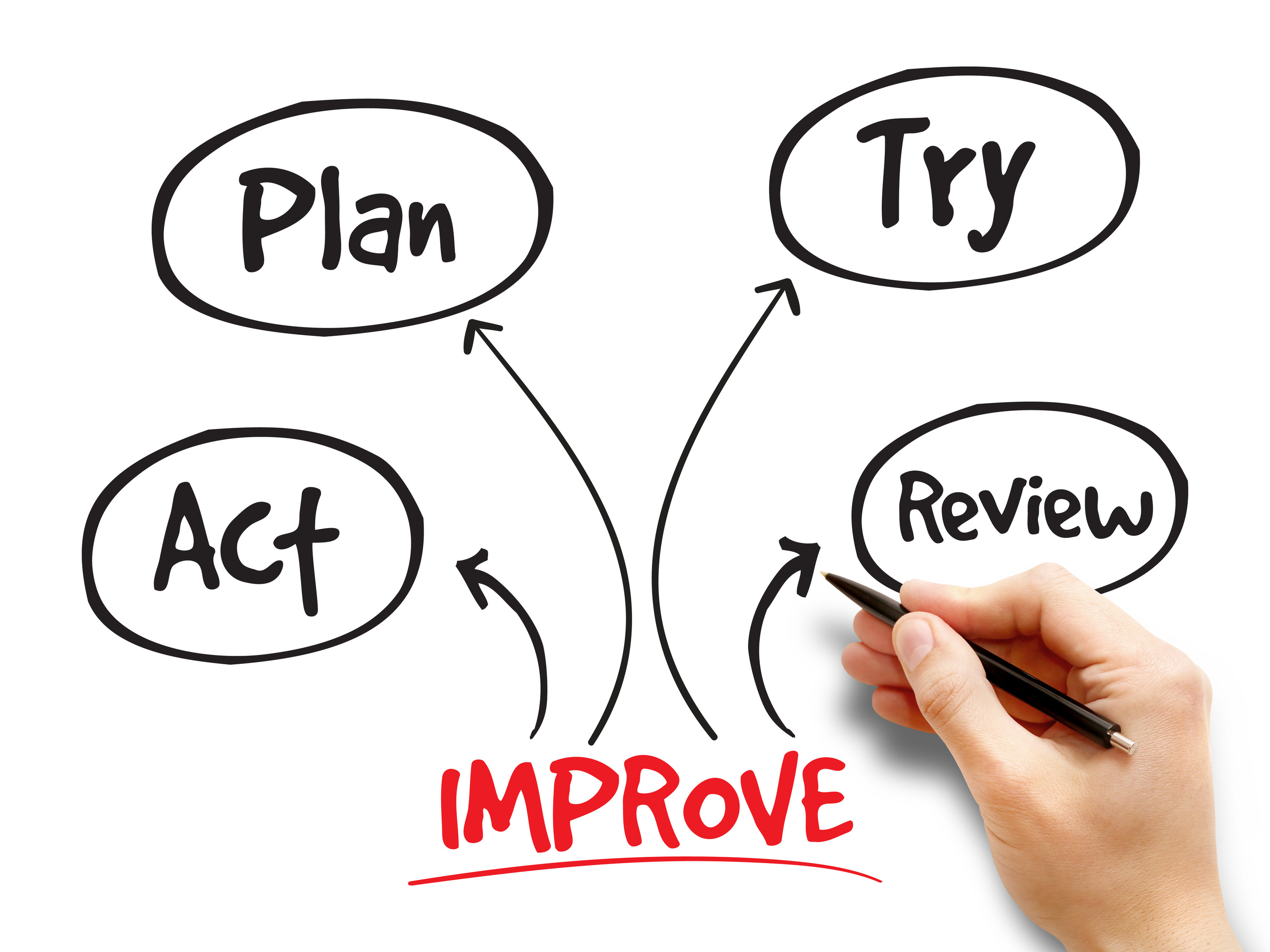The foundation stone of lean manufacturing systems is standard work.
Most managers understand standard work as being a defined sequence of specific work steps for each task. If the task is completed following the order and work method defined, then every work cycle produces a perfect outcome in terms of quality, cost and cycle time.
Considerable effort will have been spent to define these process steps; policed no doubt by regular workplace audits to ensure that each operator work cycle does indeed comply with the prescribed work instructions.
Organisations that introduce standard work usually see an improvement in key QCD performance metrics. But all too often these work instructions will have been defined by “management” with very little input from those carrying out the tasks.
However well the work cycle has been defined, there will always be opportunities to improve. Particularly to reduce operator effort required to perform each task.
Operator effort beyond that absolutely essential to the task is “overburden”. Excess effort might be walking to fetch a component; being slowed down or forced to stop by faulty equipment, or imperfect jigs; and, waiting for parts or paper work.
The key to improvement is watching. Go to the work place and observe several work cycles. Note every time the operator performs a task differently or is forced to wait or rush.
Discuss what you have seen with the operator. And together rapidly introduce a change. If the change reduces the operator’s effort or resolves an issue, it should become part of the new standard. If it does not, then through further observation and experimentation keep trying to make improvements.
By watching and observing problems as they occur and quickly trying a solution, you will soon learn by experiment the consequences of change; what works, creates an improvement and what does not.
By focusing on reducing the operator effort required to complete each task, you ensure operators are the key beneficiaries of change. After all don’t we all want an easier work life?
Change is best thought of as a series of structured experiments. By observing the current condition, you will collect performance data (steps walked, time to complete task, equipment function) which can then be compared with outcome data, data collected after each change, to see if the change has helped or hindered the effort.
This is not a one off task. Ideally cell leaders should spend around 20% of their time observing work cycles and working with their team members to “experiment” with changes.
Many quickly verified changes are better than a few big complex ones. Each experiment outcome, good or bad, helps the cell leader and operator gain confidence in their improvement abilities. And in turn, gives them the confidence to tackle more complex problems.
Key rules:
- Go observe!
- Capture the “now” condition data
- Listen to the operator and together try a series of quick “change” experiments
- Verify the outcome by checking against the start condition data to confirm if the change has produced an improvement
- Focus on reducing operator effort required to complete the work cycle
- Cell leaders and operators should experiment often. Ideally make change part of the daily task cycle
- Shift supervisors and managers should act as mentors, coaches and facilitators. Step back from the temptation to direct and evaluate each change idea.
- Set SMART targets for the number of improvements tried per shift
- Make sure supporting functions, particularly maintenance, understand the change initiative and the importance of reacting quickly to team requests
- Reward success
- Make experimenting with change part of everyone’s daily work life
This is not just a plant task. There are plenty of opportunities to reduce effort in office environments. They are just harder to see.
Clip a customer order to your shirt and move through your office mapping each process step as the order moves from acceptance to despatch….I guarantee your eyes will be opened to a whole new world of muda!
To paraphrase Steve Jobs, it doesn’t make sense to hire smart people and not listen to them; assume all your people are smart and they will deliver change and improvement.

